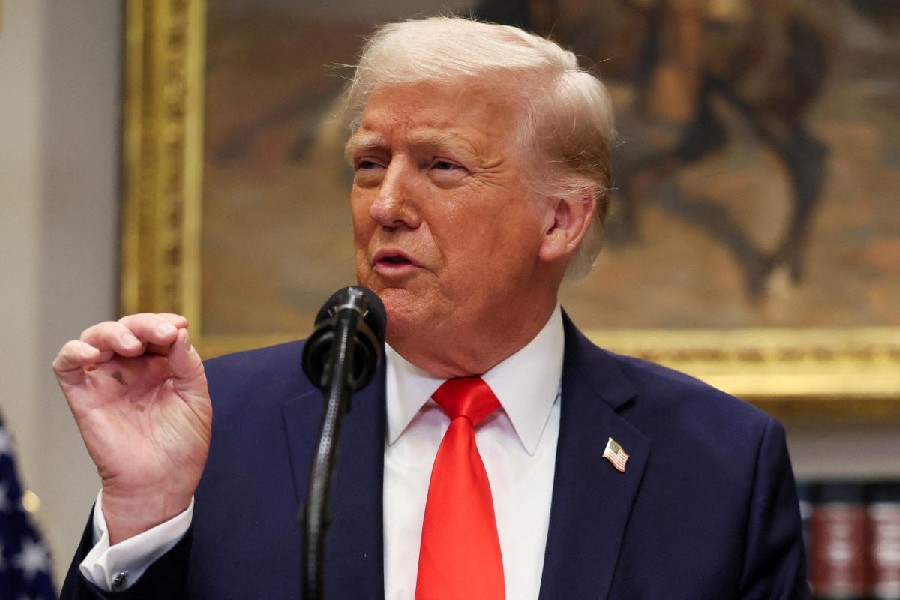Tata Steel’s strategy to slow down capital expenditure at the Kalinganagar site to prioritise debt reduction has not helped the company, a senior executive of the company said, underlining the need to balance between growth and deleveraging in the future.
The company is now pushing hard to complete the expansion of the Odisha plant to 8 million tonnes (mt) from 3mt, a project that would enhance the profitability of Tata Steel’s integrated Indian operations and act as a natural hedge to the erratic European business.
The phase-II expansion of the Kalinganagar unit was formally kicked off in November 2018 with a target to complete it within 48 months at a cost of Rs 23,500 crore.
Even before the Black Swan event of the Covid pandemic delayed the project, the company itself had briefly tapered off capital expenditure in line with the market conditions.
According to the latest annual report, the expansion is now expected to be completed by the end of 2023-4 even though some parts of the unit — a 2.2mt cold rolling mill and a 6mt pellet plant — have commenced operations.
“In the past, we had put deleveraging ahead of capex and by which we also slowed down our capex like Kalinganagar, which in hindsight, actually has not helped us,” Koushik Chatterjee, executive director and chief financial officer (CFO) of the company, told analysts a day after announcing the first quarter results.
Chatterjee, along with managing director and CEO T.V. Narendran, was fielding questions from analysts. The CFO’s retort was to a specific question on the stated target to reduce debt by $1 billion annually. The JP Morgan analyst asked if Tata Steel would be able to meet the target.
Chatterjee said Tata Steel’s capital allocation to the project is increasing and the company wants to ensure the new project is not starved of funds. The focus is to complete and start earning from the project, he added, without taking an eye off the deleveraging target.
He said Tata Steel is repaying debt in part whenever they are maturing while refinancing the rest. Had the requirement for working capital not increased during the first quarter, the net debt could have trended lower in Q1FY24. Instead, it went up by Rs 3,587 crore.
Tata Steel’s net debt stood at Rs 71,397 crore as on June 30 compared with Rs 51,049 crore at the end of March 2022. However, it is still much lower than Rs 104,779 crore it had reached on March 2020 due to aggressive deleverage aided by record-breaking steel prices in 2020-22.
The elevated debt level from the low of March ’22, in part, is due to the acquisition of Neelachal Ispat Nigam for Rs 12,200 crore.
Tata Steel’s domestic capacity stood at 21.6mt at the end of FY23. Responding to a separate question, Narendran indicated Tata Steel would take up a 4mt expansion of NINL later this year.
In comparison, JSW Steel, the nearest competitor to Tata Steel, already boasts of 28mt capacity. In two years, the Sajjan Jindal-led company would expand capacity by another 9mt to reach 37mt.
By the end of this decade, Tata Steel aspires to take domestic capacity to 40mt but JSW envisages to reach 50mt capacity by then.











